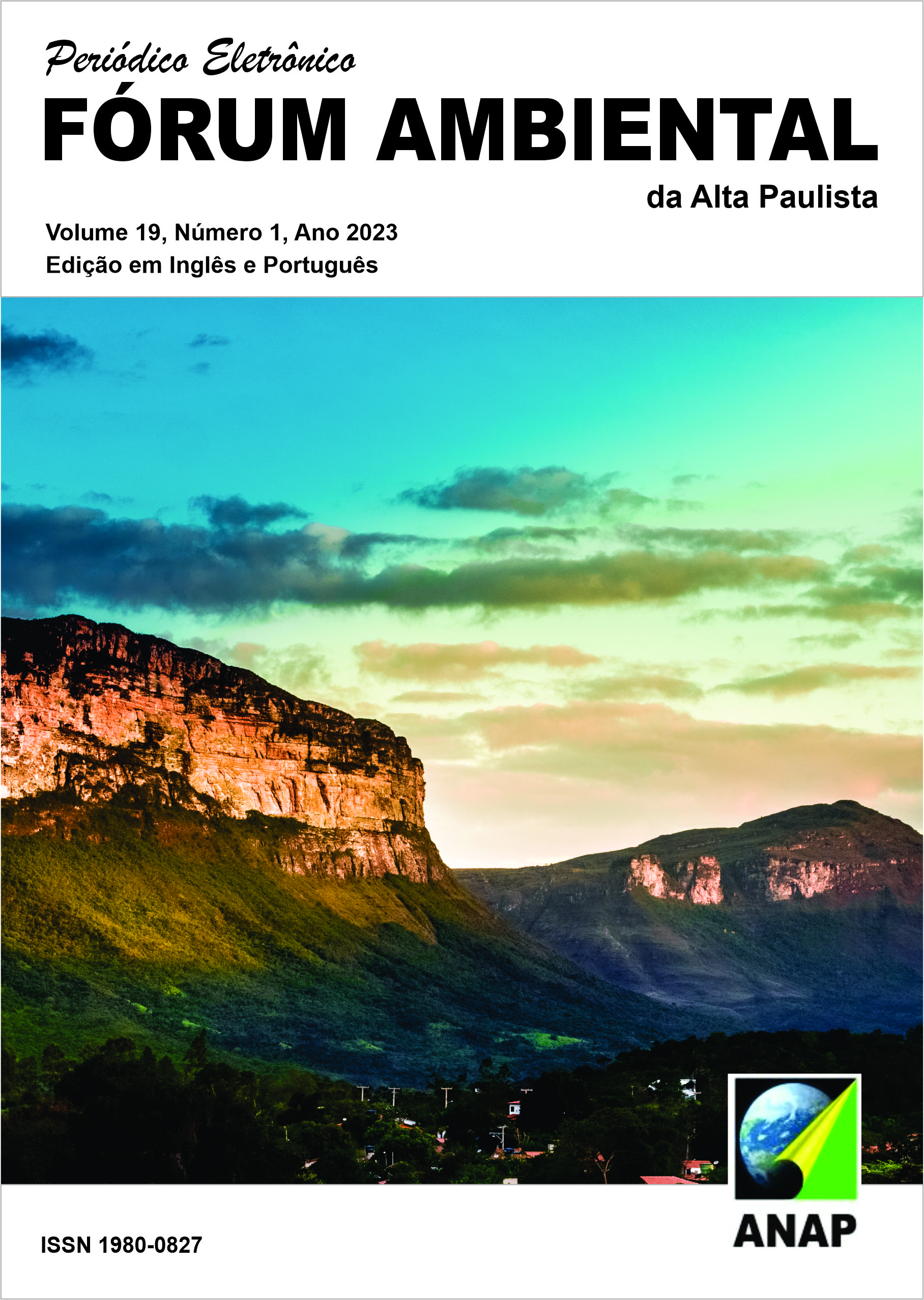Removal of Methylene Blue from a residue as a low-cost biosorbent: peanut hull (Arachis hypogaea)
DOI:
https://doi.org/10.17271/1980082719120233505Keywords:
Adsorption; Textile dye; Agro-industrial waste.Abstract
The textile industry is still very relevant for people’s everyday life and their production of goods, however, throughout the production chains, there are impacts on the environment, such as the elimination of effluents with the presence of dyes used in the production processes. These substances can cause environmental contamination if untreated, and the proper treatment for them is adsorption. This technique, although efficient, has a high cost, which favors the use of natural adsorbents, especially the usage of abundant residues in the environment. Therefore, this paper aims at using an agro-industrial residue, peanut hulls, produced on a large scale, as an adsorbent in the treatment of wastewater using the dye methylene blue. The Bel® SPECTRO S-2000 UV-visible spectrophotometer at a wavelength of 664 nm was used to analyze the absorbance of the dye concentrations. These data were used in the construction of the calibration curve, where the values found were calculated to obtain the adsorption capacity, which allowed us to identify the efficiency of the biosorbent. The results obtained were compared with the literature, and although the experiment had different conditions, the peanut hulls presented an adsorption capacity of 4.26925 mg/g, which represents an efficiency. Nevertheless, further studies are needed to carry out other analyses to evaluate the conditions that allow an increase in the adsorption capacity.
Downloads
Downloads
Published
Issue
Section
License

This work is licensed under a Creative Commons Attribution-NonCommercial-ShareAlike 4.0 International License.












